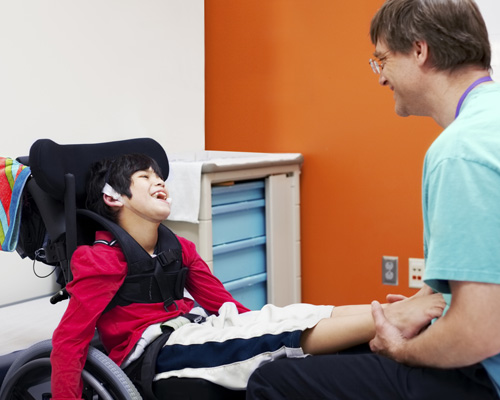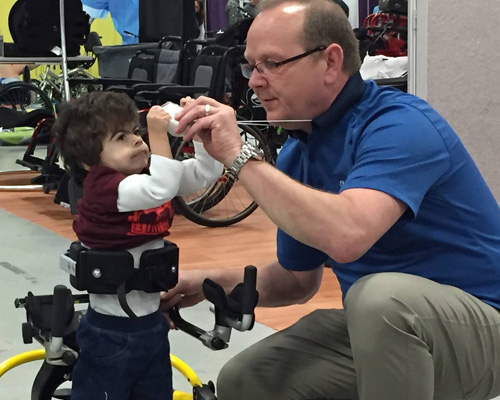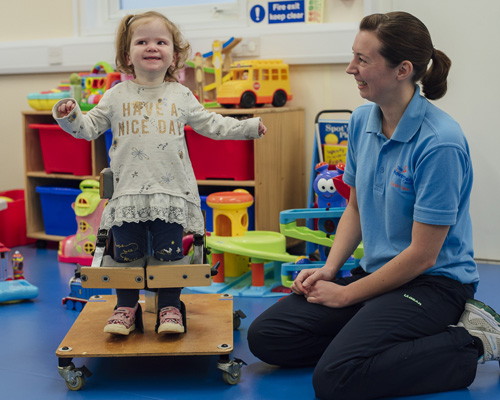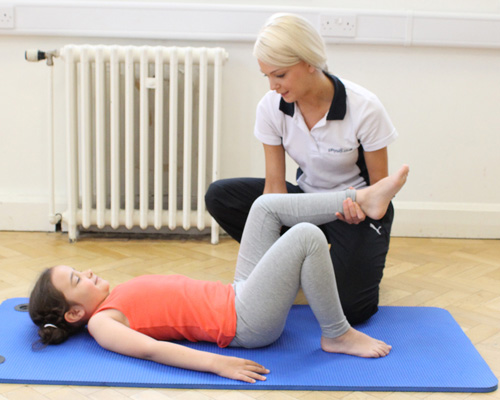What is a Cerebral Palsy?
Cerebral palsy - also known as CP - is a condition caused by injury to the parts of the brain that control our ability to use our muscles and bodies. Cerebral means having to do with the brain. Palsy means weakness or problems with using the muscles. Often the injury happens before birth, sometimes during delivery, or soon after being born. Physical symptoms typically appear in the first few years of life. Infants with cerebral palsy are frequently slow to reach developmental milestones such as learning to roll over, sit, crawl, smile, or walk. Cerebral palsy occurs in 1 in every 300 children (Source: Center for Disease Control).
CP can be mild, moderate, or severe. Mild CP may mean a child is clumsy. Moderate CP may mean the child walks with a limp. He or she may need a special leg brace or a cane. More severe CP can affect all parts of a child's physical abilities. A child with moderate or severe CP may have to use a wheelchair and other special equipment. Sometimes children with CP can also have learning problems, speech, problems with hearing or seeing (called sensory problems), intellectual differences, and behavioral or emotional challenges. Cerebral palsy does not always cause serious disabilities. Usually, the greater the injury to the brain, the more severe the CP. However, CP doesn't get worse over time, and most children with CP have a normal life span.
Stroke in young children often results in a movement disorder very similar to that resulting from cerebral palsy.



